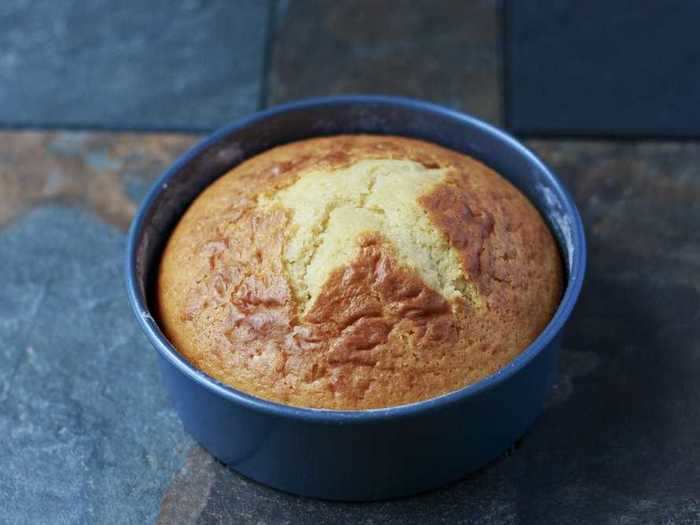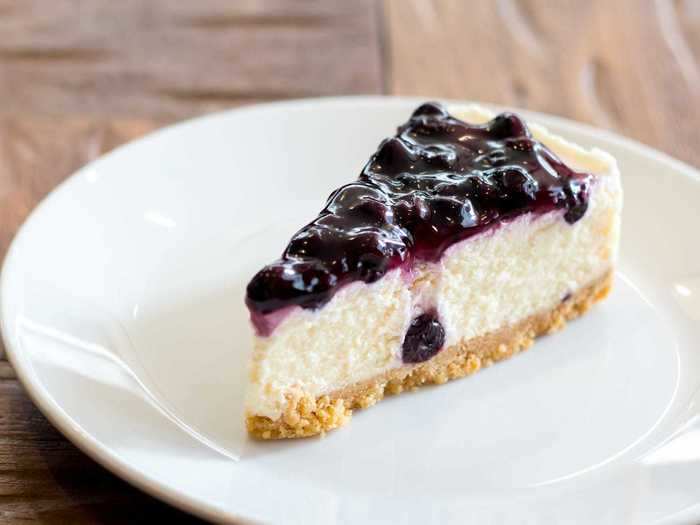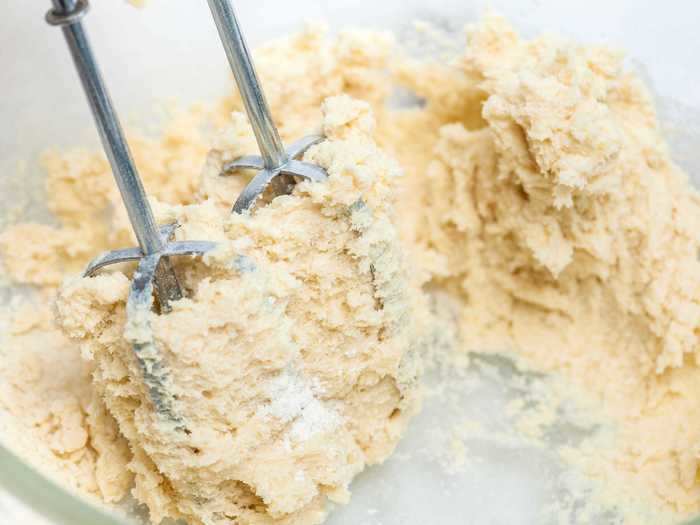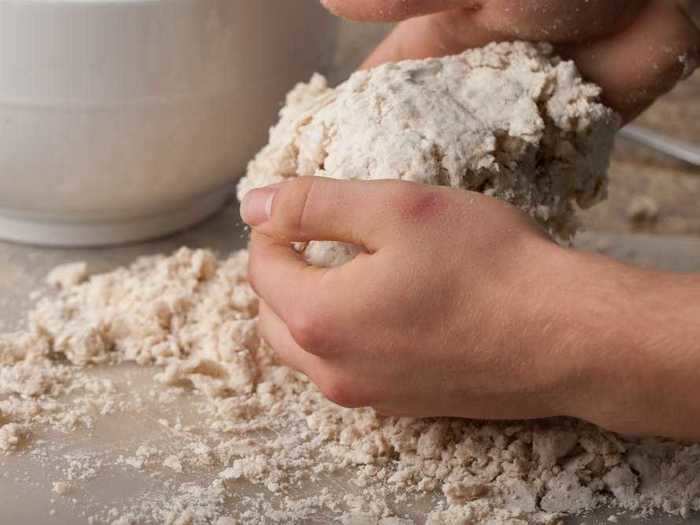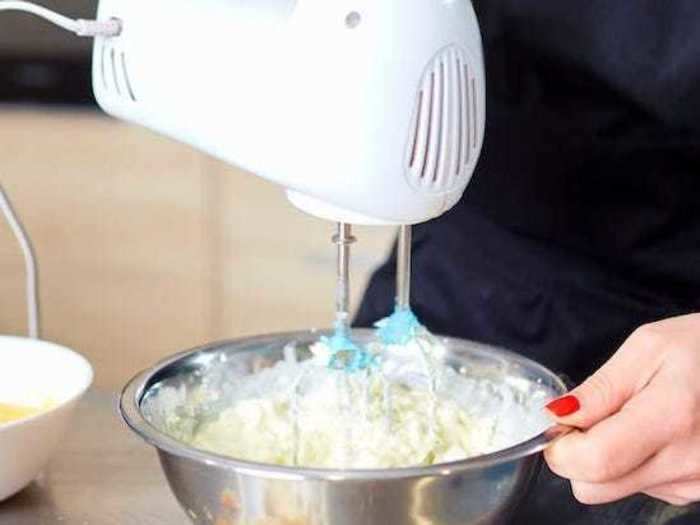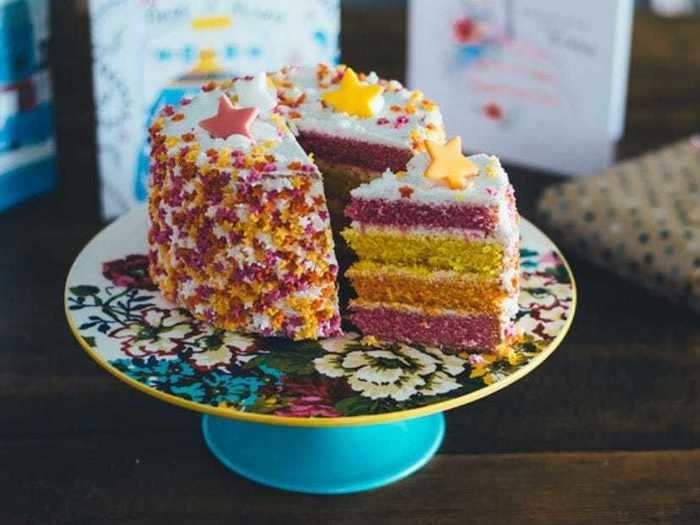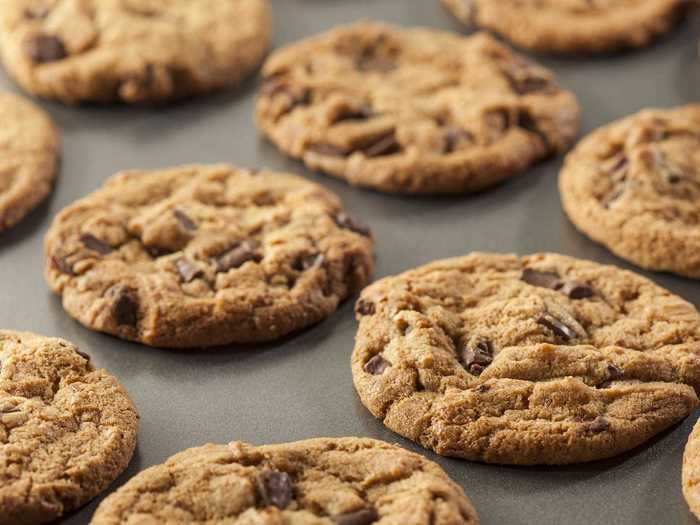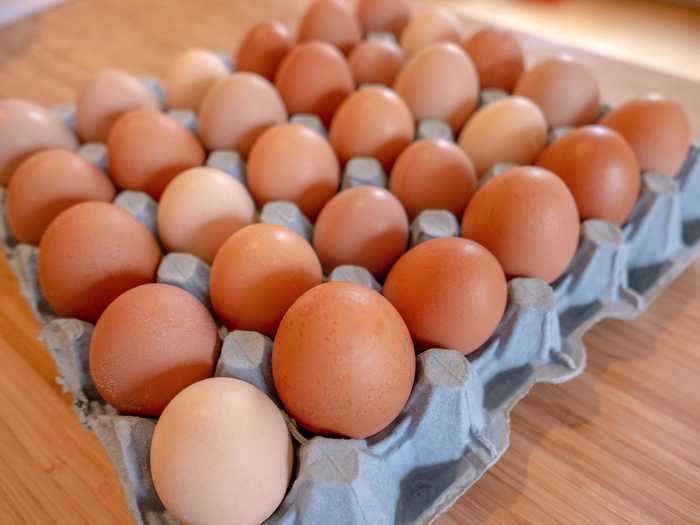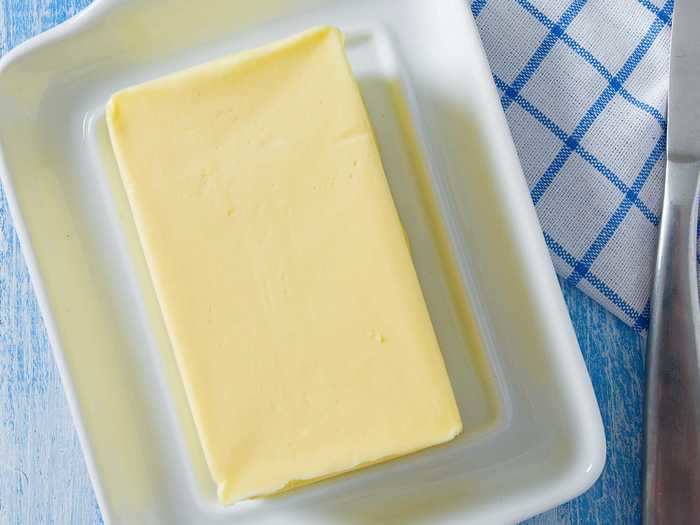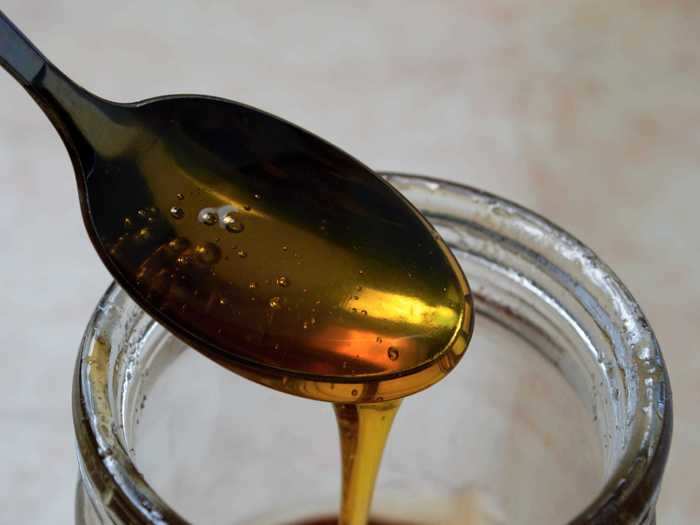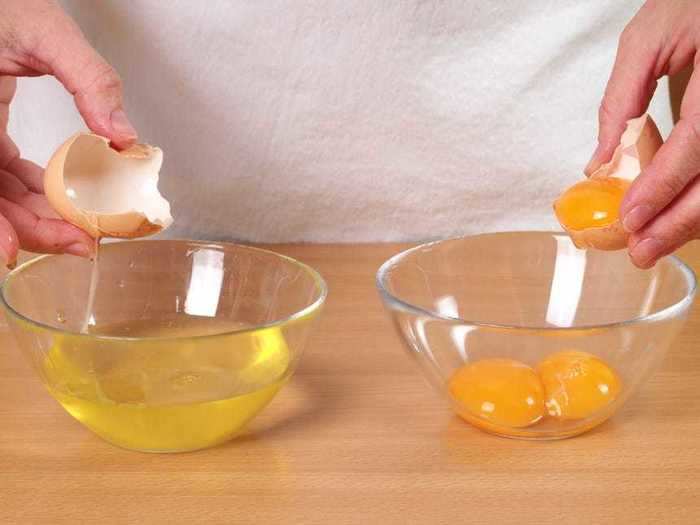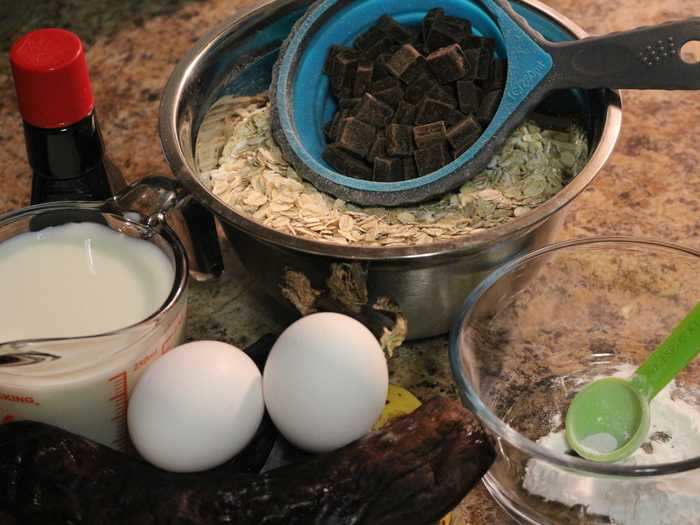There's a science to baking.Shutterstock - Baking is like a science, which means even simple mistakes can prove disastrous for your baked goods.
- However, Insider spoke with professional bakers about their easiest and most effective hacks to help you step up your baking game.
- Reading the recipe backward before you start baking can help ensure that you don't forget any steps along the way.
- Eggs should be room temperature before they're added to the mix, and sugar-cookie dough should stay chilled in between batches.
- Visit Insider's homepage for more stories.
Baking can be tricky, but with a few easy tips, it can be a lot easier.
Insider spoke to some professional bakers to put your mind at ease and save you the extra work of making any common mistakes
Here are some simple baking hacks that professional bakers swear by.
Read the original article on
Insider
Keep cakes from sticking to the pan by using breadcrumbs.
Breadcrumbs can make it easy to remove a cake from the pan.
Denise E/Shutterstock
Another great tip comes from the late baking legend Maida Heatter, who said she coated her cake pans in butter and breadcrumbs.
Not only are toasted breadcrumbs more delicious and more pleasantly textured than excess toasted flour, but the crumbs are also more effective at helping the cake's edges release from the pan.
Read more:
Use a thermometer to tell when a cheesecake is done.
It's hard to know when cheesecakes are fully baked.
sabotrax/ Flickr
Langan suggests using a thermometer to check the internal temperature of cheesecake instead of playing a guessing game.
"Aim for about 150 degrees Fahrenheit, and the carry-over heat will bake the center of the cheesecake to creamy perfection," Langan told Insider.
Carry-over heat refers to the cooking time when a baked good is out of the oven but still in the hot pan it was baked in.
Keep sugar-cookie dough in the freezer between batches.
It's easier to work with chilled dough.
Sydney Kramer/INSIDER
It's ideal to keep your sugar-cookie dough in the freezer between batches, according to Stoffel, because chilled dough is a lot easier to work with.
Ice your countertops before you start rolling out pie dough.
No more dealing with dough stuck to your counter.
Karry Hosford/Flickr
Cool down your countertop before you start rolling out your pie crust, said Stella Parks, author of "BraveTart" and a featured baker in the "Genius Desserts" cookbook.
An easy way to do this is to fill up gallon zip-top bags with ice cubes and a little cold water and then lay them flat on the counter, Parks explained. Icing beforehand will prevent your dough from sticking to the countertops.
Place a towel under your mixing bowl to keep it steady.
Create a nest for your mixing bowl.
Flickr/Bianca Moreas
To keep your mixing bowl from wobbling all over the counter while you whisk your batter, roll a damp kitchen towel into a long tube shape and curl it into a tight circle to form a nest for the bowl to sit snugly, Miglore told Insider.
Try using damp kitchen towels to bake even cake layers.
They'll help keep your cake layers even while baking.
Pixabay
Instead of attempting to level out your cake layers after they've been baked, try this pre-oven hack from Dan Langan, host of Food Network's "Dan Can Bake It."
"Soak and then wring out tea towels and wrap them around the outside of your cake pans. They will insulate the sides of the cake pan and cause your cake layers to rise evenly," Langan told Insider.
If you're worried about putting your towels in the oven, you can also buy reusable cake strips that serve a similar purpose.
Salt the bottom of your cookies.
Adding salt can bring out the other flavors.
Rebecca Siegel/Flickr
According to Kristen Miglore — professional baker, James Beard nominee, creative director at Food52, and author of "Genius Desserts" — if the recipe calls for a light salting on the top of your cookies before placing them in the oven, you should try sprinkling salt on the bottom of the cookies instead.
"This helps keep the flakes of salt from bouncing off the dough, and they also hit your tongue first, leading you from savory into sweet," Miglore told Insider.
Leave your eggs out at room temperature before cracking them into a batter.
Room-temperature eggs can make your cakes fluffier.
fishermansdaughter/Flickr
To ensure a better rise in your desserts, leave your eggs out at room temperature for 30 minutes, according to Stoffel.
Room-temperature eggs keep your batter more even and make for a fluffier texture, he told Insider.
Use unsalted butter for baked goods.
You can always add salt later.
Shutterstock
Double-check that you're using unsalted butter, especially if you're baking a cake.
Salted butter can turn a cake into a true baking faux pas, according to Luke Stoffel, entrepreneur and co-author of the "Easy to Bake Unicorn Cookbook."
He said that salted butter can change the chemistry of your recipes, and therefore might throw off the delicate flavors of your batter or dough.
Use olive oil to measure your sticky ingredients without the hassle.
This is especially helpful when working with ingredients like molasses and honey.
Chris Waits/Flickr
For those sticky ingredients that are tough to scoop out of your measuring cups, Arnone recommended using olive oil.
Coat the measuring instruments lightly with olive oil before scooping honey, maple syrup, corn syrup, or molasses. This will allow the stickier ingredients to slide right out.
You can also use a paper towel that has been moistened with oil and wipe the measuring spoon or cup, Arnone added.
Don't be hesitant when it comes to cracking eggs.
Lightly cracking could lead to splintered eggs.
Shutterstock
To crack your eggs without getting shells in your batter or dough, you must crack with conviction, according to Rachel Khong, author of "All About Eggs" and a featured baker in the "Genius Desserts" cookbook.
Timid taps are what cause the shell to shatter into tiny pieces, she added.
If you do need to retrieve some shell bits, however, Khong said you can wet a finger and carefully wipe them out or scoop them out with half the eggshell.
Start at the end of your recipe, and read it backward before you do anything else.
It helps to ensure you have everything ready.
Cindy Shebley/Flickr
It's essential to be systematic in your approach to baking because it really is an exact science that must be followed precisely, according to Colavita master chef Ken Arnone.
His trick is to read through your recipe backward.
"Start at the end of your recipe and work backward, gathering all equipment, pots, and pans, preheating the oven, etc. Prepare all molds or pans. Then organize and accurately scale all of your ingredients," Arnone told Insider.

